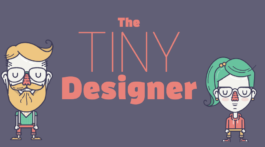Behance is a social network for artists, allowing them to display their work and reach larger audiences. It was purchased by Adobe in 2012 for $150 million, allowing it to grow into a massive online community for creatives to showcase their talent and find jobs.
Behance users create portfolios that can be viewed by the site’s millions of monthly visitors. There are eCommerce features built-in to allow artists to sell their work, or they can use the job board to find work. Members can also pay for ProSite, which allows them to build their own website and portfolio without any Behance branding.
The site is also a great way for companies or individuals who need artistic services to find the talent they need. In addition to the job board, they can also search for artists by medium, style, or speciality.
The Good
Behance is one of the largest online communities for serious, professional artists. It’s essentially the creatives’ version of LinkedIn. Not only can they promote their work, they can also gain valuable feedback and help from other artists. It’s very easy to share Behance portfolios on other social networks, and they are recognized in professional settings such as job interviews.
The Bad
Behance used to be members-only, ensuring that only serious artists would use it. Since they’ve opened up to everyone, and they now have millions of users, there can be a lot of amateur work and portfolio trolls to deal with. It can also be difficult to stand out in such a large crowd and compete with established portfolios for views and “appreciations” (the Behance version of “Likes”).
Conclusion
For artists looking for a professional platform to showcase their work, Behance is a no-brainer. It’s free, easy to use, and immensely popular. Becoming popular on Behance pretty much ensures artistic success!



